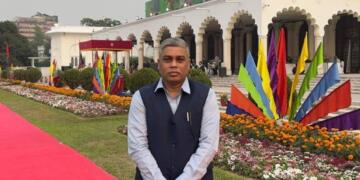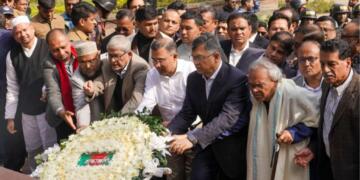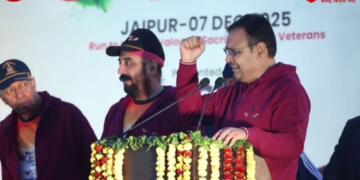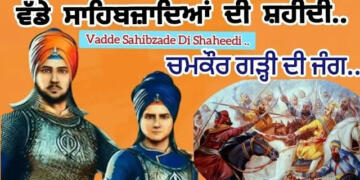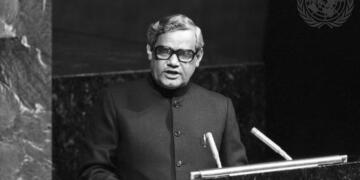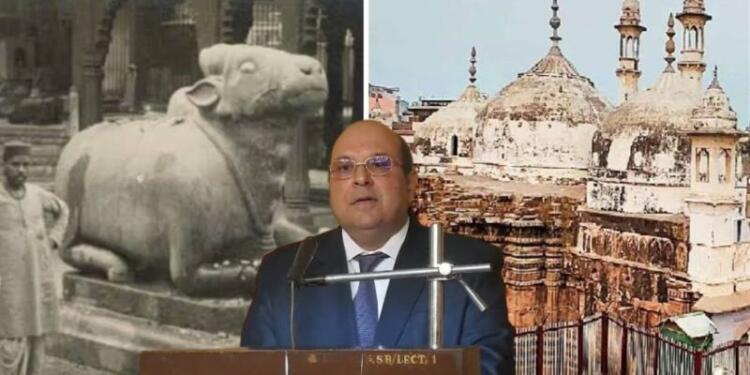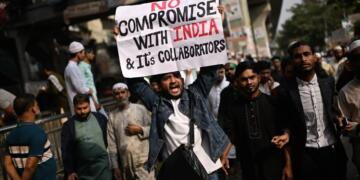We have all been taught that feudalism ended with the help of the industrial revolution and workers standing up for their rights.
Yet, traces of feudalism continue to linger, particularly in the legal corridors of India’s Supreme Court and High Courts. This modern legal feudalism is different. Instead of crushing individuals under the burden of endless paperwork, it seeks to break spirits and push narratives—no matter how wrong, degrading, or rights-snatching they may be.
This commitment to narratives is so strong that it often undermines the constitutional rights of the majority. It is worth noting that while the Constitution includes provisions for minority protection, it does not translate to absolute rule by minorities.
Yet, many senior judges appear to cling to outdated interpretations of these principles. At a time when unchecked minority protection is being scrutinised, the concept of intersectionality has emerged as a convenient tool to bolster such narratives.
For instance, former Supreme Court judge Justice Rohinton Nariman recently criticised the Ayodhya judgment more than half a decade after its pronouncement. He termed it a mockery of justice and a violation of secularism—without acknowledging that secularism was forcibly inserted into the Indian Preamble during Indira Gandhi’s dictatorial regime.
Nariman expressed discontent with Hindus reclaiming their right to worship on land that historically belonged to them. He objected to cases being filed to determine the religious character of places like mosques and dargahs.
“We find today, like hydra heads popping up all over the country, there is suit after suit filed all over the place. Now not only concerning mosques but also dargahs. All this can lead to communal tension and disharmony, contrary to what is envisaged in both our Constitution and the Places of Worship Act,” Nariman said.
By likening Hindu efforts to hydra heads, Nariman demonstrated insensitivity towards the concerns of over a billion people. Such terminology delegitimises the faith and grievances of a vast majority.
His stance aligns with the notion that secularism means “looking forward, not backward”—a philosophy that demands one community to endure past injustices without seeking closure. Imagine applying this principle to Jewish victims of the Holocaust; the idea itself is chilling. Yet, such dismissiveness towards Hindus is not only thinkable but celebrated in some intellectual circles.
Nariman, a Parsi priest, has stated that if religious belief conflicts with the Constitution, the latter should prevail. While Parsis make up only 0.1 per cent of India’s population, the community Nariman supports accounts for nearly one-fifth. Both Parsis and Muslims are defined as minorities under the Constitution, but their socio-economic realities differ vastly.
Various estimates place Muslims’ per capita income between ₹13,000 and ₹20,000, whereas Parsis are arguably the wealthiest minority in India. In 2012, the Bombay Parsi Punchayet submitted to the Bombay High Court that a “poor” Parsi earns ₹90,000 a month.
This economic disparity amplifies the victimhood narrative surrounding Muslims. Under intersectionality’s framework, Muslims claim dual victim status: as a religious minority and as an economically disadvantaged group.
Politicians exploit this narrative to appear as champions of the poor, often ignoring the historical context of Muslim conquests and atrocities. For instance, former Prime Minister Manmohan Singh’s infamous statement about Muslims having the “first right” to India’s resources exemplifies such appeasement politics.
Legal professionals, too, have been influenced by narratives learned in their formative years. Despite evidence of historical atrocities committed by Muslim rulers—such as the destruction of temples and forced conversions—many judges argue that modern Muslims cannot be held accountable for their ancestors’ actions.
However, the veneration of those very invaders by sections of the Muslim community links past and present. Arab-funded religious leaders perpetuate this connection, ensuring that historical wounds remain fresh.
In contrast, Parsis and other minorities with smaller populations have not demanded similar protections. This is because they do not fit neatly into the intersectional hierarchy, which prioritises perceived oppression over actual socio-economic status.
Nariman and his contemporaries fail to recognise that Muslims are not a minority in the conventional sense; they are the second-largest religious group in India. Acknowledging this would pave the way for meaningful reforms—such as empowering Muslim women, modernising madrasas, and curbing radicalisation.
Yet, many in the judiciary continue to perpetuate victim narratives, keeping Muslims in a state of dependency.
Hindus, however, have grown increasingly vocal against being marginalised by such frameworks. They have made it clear that they refuse to remain at the losing end of intersectionality’s skewed priorities.
The question remains: will senior legal luminaries address these changing societal realities, or will they continue to uphold outdated narratives that undermine India’s majority?


